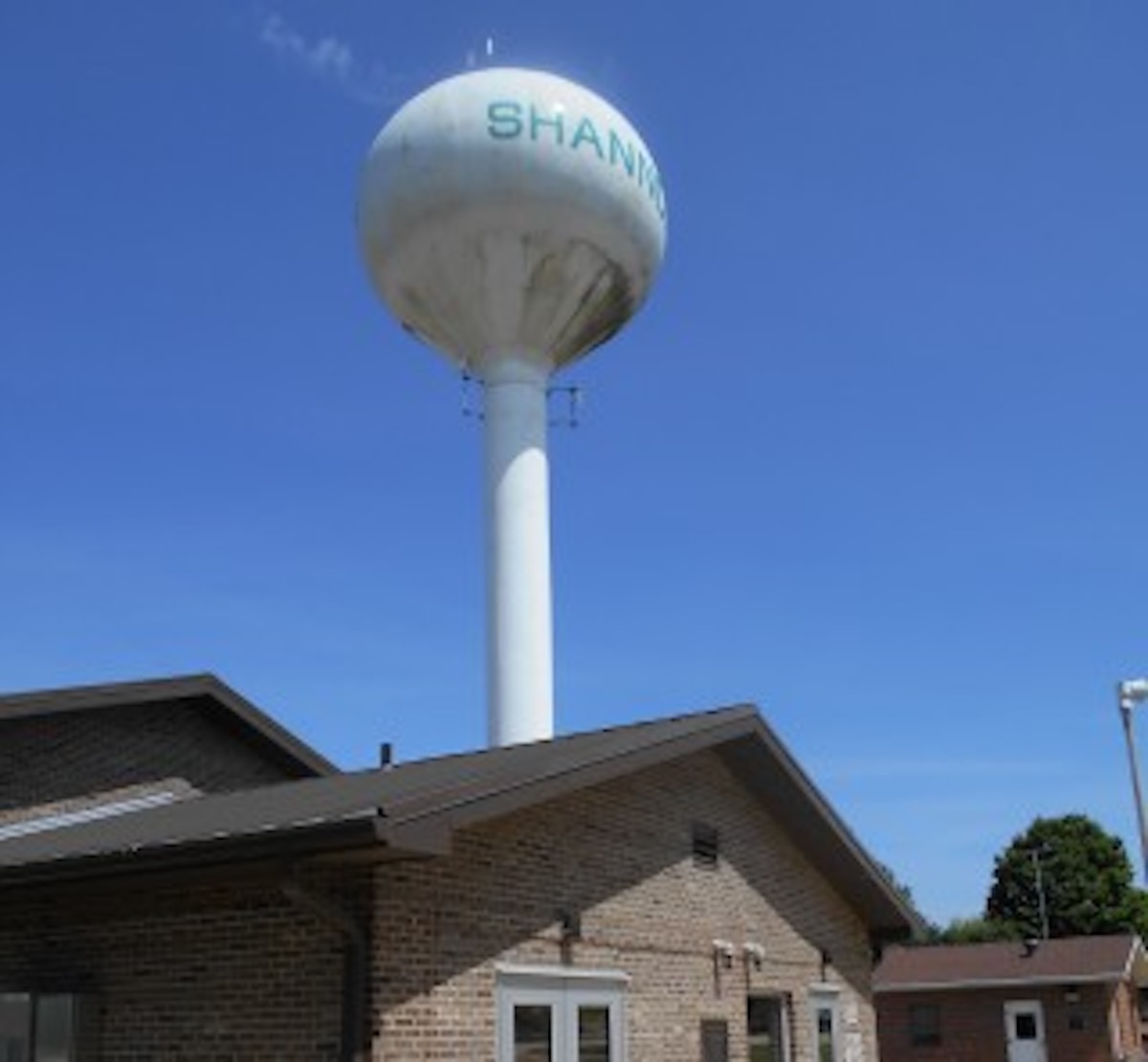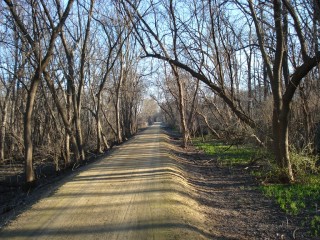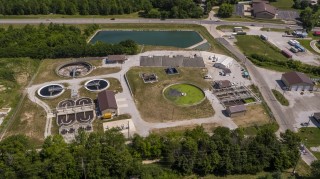Small town revitalization grants spur redevelopment
Small town revitalization seeks to improve livability and economic activity in small towns. Increasing urbanization, aging infrastructure and the ongoing pandemic have all put a strain on available resources. Small town revitalization grants, however, offer funding to spur redevelopment projects. The approach your town takes to revitalization will depend on your specific needs, whether it's addressing a run-down commercial district or improving traffic flow and walkability in important corridors.
Just as there are many paths to small town revitalization, there are many potential funding sources — so many it's impossible to give a comprehensive list. As administrations and priorities change, so do grant programs and requirements across different funding cycles. In this post, we'll look at some common public small town revitalization grants and discuss how consulting with grant experts can help you before, during and after the grant application process.
The Community Development Block Grant (CDBG) program
The Community Development Block Grant (CDBG) program provides some of the most common small town revitalization grants. Authorized by the Housing and Community Development Act of 1974, the program is designed to help communities fund projects tailored to their specific needs. While most projects will require multiple funding sources, the CDBG program's longevity and stability make it a reliable, though competitive, funding source. Another reason for the CDBG program's popularity is that it can fund a wide variety of projects, though public infrastructure improvements are the most popular.
The CDBG program can fund the installation of public facilities and improvements like:
- Street and sidewalk construction.
- Water and sewer upgrades.
- Utility improvements.
- Flood and drainage improvements.
- Tree planting.
- Art and aesthetic improvements.
- Environmental contamination remediation, including greyfields and brownfields.
- Broadband infrastructure installation provided it meets the Department of Housing and Urban Development's national objectives.
- Architectural barrier removal.
To be eligible for a CDBG, a project must meet one of these national objectives:
- Benefit low- and moderate-income persons on an areawide basis.
- Prevent or eliminate slums and blight.
- Address an urgent need that immediately threatens the health and welfare of the community and for which other financial resources are not available.
Most projects focus on the first objective. Meeting it requires not only defining the benefit to low- and moderate-income persons but also the area of impact.
Planning grants
The first step in a successful redevelopment process is proper planning. However, surveying, community outreach, historical research and other planning requirements do not only take time, they cost money. Planning grants provide the capital for municipal leaders to initiate projects efficiently and effectively. Many larger grant programs allow you to use grant funds for planning purposes. In addition, state agencies often offer dedicated planning grants for specific projects, such as Illinois Environmental Protection Agency (EPA) planning grants for unsewered communities.
Brownfield grants: Assessment, multipurpose and cleanup
Brownfield redevelopment is the cornerstone of many revitalization projects. Common pollutants, like petroleum products, pose a public health threat and depreciate property values — cleanup can increase nearby residential property values 5% to 15.2%. Through brownfield redevelopment, formerly blighted or unused properties can be put to residential or commercial use, such as a revitalized riverfront or Main Street corridor. Municipalities can remove vacant buildings and eyesores to create a refreshed, commercially viable district.
To help meet these costs, the U.S. EPA offers several grants, including:
- Brownfield Assessment grants to fund general planning activities, assessments (including Phase I Environmental Site Assessments, or ESAs), site-specific cleanup plans and community involvement on a communitywide or site-specific basis.
- Multipurpose grants to fund Phase II ESAs, cleanup, general planning and economic development.
- Revolving Loan Fund (RLF) grants to set up an RLF for brownfield redevelopment and fund site-specific planning.
- Brownfield cleanup grants to fund site-specific planning and cleanup.
These grants can be combined with other brownfield redevelopment funding sources, including tax credits.
Transportation grants: RAISE and HSIP
Transportation infrastructure plays a key role in revitalization projects. Road diets can make Main Street more amenable to foot traffic and improve downtown character. Train underpasses and transit hubs help people get to and from commercial districts more easily. Safety improvements keep pedestrians safe and enhance walkability. Transportation grants also allow towns to upgrade intersections, improve streetscaping and enhance downtown or neighborhood character.
RAISE
The U.S. Department of Transit's Rebuilding American Infrastructure with Sustainability and Equity (RAISE) discretionary grant program is another excellent source of funding for revitalization projects. For example, Rockford, Illinois, is using RAISE funds to modernize and improve its downtown through a road diet, streetscaping, electric buses and bike infrastructure.
HSIP
The Highway Safety Improvement Program (HSIP) provides funding to data-driven transportation projects that aim to reduce traffic fatalities, especially among seniors and pedestrians. The program also prioritizes road safety improvements in rural areas. Projects HSIP can fund include:
- Road diets.
- Intersection improvements.
- Traffic signal modernization.
- Sidewalk installation.
Economic development
Economic development is one of the main reasons for small town revitalization. Many small towns are looking for ways to attract businesses and jobs, especially as they recover from the coronavirus pandemic. While most small town revitalization grants can support redevelopment, here are a few that are particularly targeted to boosting local economies.
Corridor grants
Typically awarded by state Economic Development or Opportunity agencies, corridor grants are known by many different names, including commercial corridor or Main Street revitalization programs. Despite the different titles, these grants share a common purpose: To revitalize commercial districts and hasten economic recovery. These grants can provide for projects like facade restoration and construction.
Broadband
The U.S. Department of Agriculture Rural Development Broadband ReConnect Program provides grants for rural communities to expand high-speed internet access for homes, businesses and essential services. The program also offers loans and loan-grant combinations.
Flood and hazard mitigation
Flood and other hazard mitigation projects can support economic development in small towns by improving safety and reducing costs for residents, businesses and the local government. A successful flood mitigation program can also result in lower flood insurance payments. The Federal Emergency Management Agency (FEMA) runs Flood Mitigation Assistance and Building Resilient Infrastructure and Communities grant programs.
These grants are a small selection of the federal and state funding available to municipalities for revitalization. Many projects are also eligible for privately funded grants, loans and other funding opportunities. An experienced consultant can help you apply for grants and coordinate requirements throughout the project's life.
How grant specialists can help with small town revitalization grants
Funding a redevelopment project is a marathon, not a sprint. Most small town revitalization projects require multiple funding sources, including private investment, philanthropic awards, and state or local funding. In addition to investigating and applying for small town revitalization grants, a process that can take months, you must also keep track of each grant's documentation, reporting and outreach requirements. For example, any grant that requires a municipality to match funding will also stipulate a strict set of procedures for public input.
Managing requirements and timelines of a complex funding stack can be daunting. At Fehr Graham, we have successfully supported more than $200 million in financial solutions to projects like yours. Our in-house grant writer reviews 40-50 kinds of funding daily. With this depth of knowledge, we can identify grants your project is most competitive for, put together a thorough application and help you meet post-award requirements.
Fehr Graham can help find small town revitalization grants to fund your redevelopment project. Contact us to learn more about our services or give us a call at 815.235.7643.
Collaborative, Insightful, Results-Driven Solutions
Fehr Graham provides innovative engineering and environmental solutions to help improve the lives and communities of our customers.




